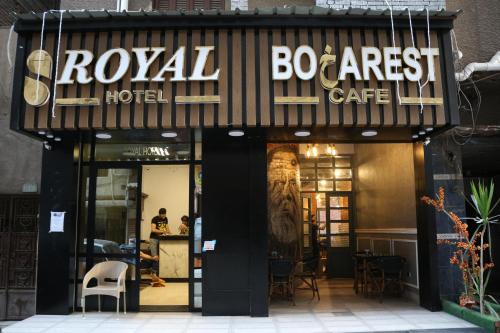Gharbia
WELCOME TO Gharbia
Province Overview
Tanta
2,690 km2
4.6 million
Arabic

Popular
Geography and Tourist Attractions
Information about the province's tourist attractions, including popular destinations, events, and activities.

Tanta

Kafr El-Zayat

Al-Montaza Palace
Political
Economy and Government
Gharbia province in Egypt has a diverse economy supported by various sectors, including agriculture, industry, and services. Agriculture plays a significant role in the province's economy, with fertile lands along the Nile Delta supporting the cultivation of crops such as cotton, rice, and vegetables. Gharbia is also known for its dairy industry, with dairy products being a major contributor to the local economy.
In terms of industry, Gharbia is home to several manufacturing and industrial zones, including textile factories, food processing plants, and chemical industries. These sectors contribute to employment opportunities and export potential for the province.
On the government front, Gharbia province is administered by a local government headed by a governor appointed by the central government. The governor oversees the implementation of government policies, development plans, and public services in the province. Local councils and committees assist in decision-making and addressing the needs of the local population.
Efforts are underway to improve infrastructure, such as transportation networks, utilities, and healthcare facilities, to support economic growth and enhance the quality of life for residents.
Furthermore, the government encourages investment and business development in Gharbia province through various incentives and support programs. This fosters entrepreneurship and attracts both domestic and foreign investors, contributing to economic expansion and job creation.
Overall, the economy of Gharbia province relies on a combination of agriculture, industry, and services, with the local government playing a crucial role in promoting economic development and improving public services for the benefit of its residents.

History
History and Culture
Gharbia province in Egypt is steeped in rich history and vibrant culture that dates back centuries. The region has witnessed the influence of various civilizations, leaving behind a wealth of historical landmarks and cultural traditions.
Historically, Gharbia played a significant role in ancient Egypt as it was part of the Nile Delta region, a fertile area that supported agriculture and trade. The province is dotted with archaeological sites and remnants of ancient settlements, providing insights into the region's past.
The culture of Gharbia reflects a blend of Egyptian and Islamic traditions. The province is known for its traditional crafts, including pottery, carpet weaving, and basketry, which have been passed down through generations. Festivals and religious celebrations are an integral part of the cultural fabric, with locals showcasing traditional music, dance, and culinary delights during these festive occasions.
Gharbia is also home to several mosques and religious sites, exemplifying the province's strong Islamic heritage. These architectural marvels, adorned with intricate designs and calligraphy, serve as important cultural and spiritual landmarks.
Moreover, Gharbia province embraces contemporary cultural expressions through art exhibitions, music concerts, and theater performances. The local community actively participates in preserving and promoting their cultural heritage, ensuring its continuity for future generations.
Exploring Gharbia allows visitors to delve into Egypt's history and immerse themselves in its vibrant culture, providing a captivating experience of the province's rich historical heritage and diverse cultural traditions.
HOTELS

Hilton Tanta

Amoun Hotel Tanta

Tanta Inn Hotel
RESTAURANTS

El Eskandarani Restaurant

Al-Masryeen Restaurant

